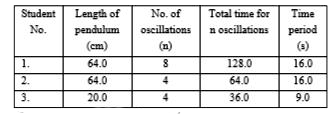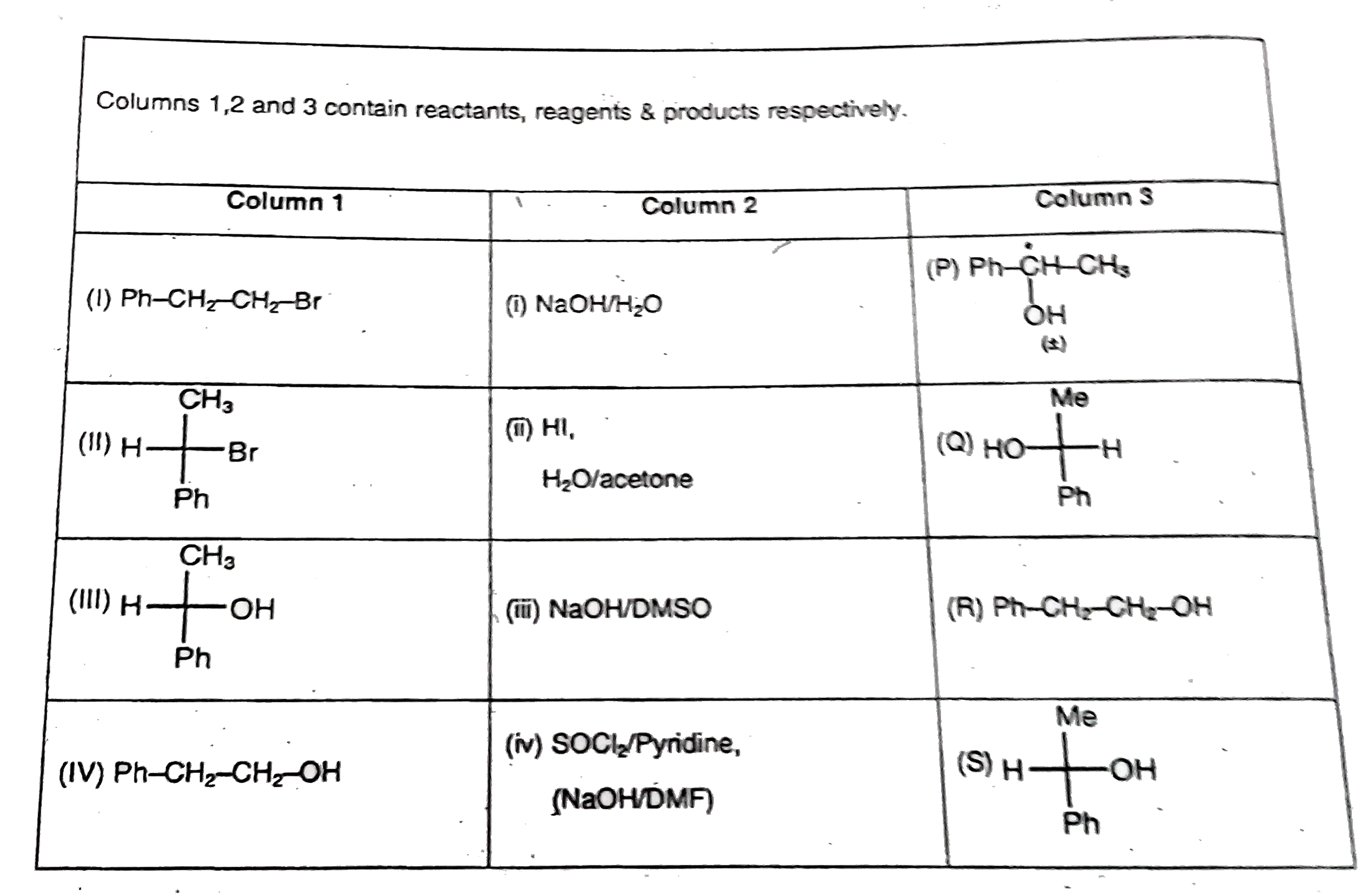Time intervals measured by clock give following readings: 1.25s, 1.24s, 1.27s, 1.21s and 1.28s. What is percentage relative error of observations?
0.02
0.04
0.16
0.016
The correct Answer is:D
To find the percentage relative error of the observations, we can follow these steps:
Step 1: Calculate the Mean Value of Observations
We have the following time interval readings:
- 1.25 s
- 1.24 s
- 1.27 s
- 1.21 s
- 1.28 s
To find the mean value, we sum all the readings and divide by the number of readings.
Mean=1.25+1.24+1.27+1.21+1.285
Calculating the sum:
1.25+1.24+1.27+1.21+1.28=6.25
Now, dividing by the number of readings (5):
Mean=6.255=1.25 s
Step 2: Calculate the Absolute Errors
Next, we calculate the absolute error for each observation by subtracting the mean from each reading:
- For 1.25 s:
e1=1.25−1.25=0
- For 1.24 s:
e2=1.24−1.25=−0.01
- For 1.27 s:
e3=1.27−1.25=0.02
- For 1.21 s:
e4=1.21−1.25=−0.04
- For 1.28 s:
e5=1.28−1.25=0.03
Step 3: Calculate the Sum of Absolute Errors
Now, we take the absolute values of the errors and sum them up:
Sum of Absolute Errors=|e1|+|e2|+|e3|+|e4|+|e5|
Calculating the absolute values:
|e1|=0,|e2|=0.01,|e3|=0.02,|e4|=0.04,|e5|=0.03
Now summing them:
Sum of Absolute Errors=0+0.01+0.02+0.04+0.03=0.10
Step 4: Calculate the Relative Error
The relative error is calculated using the formula:
Relative Error=Sum of Absolute ErrorsMean×100n
Where n is the number of observations (5 in this case).
Substituting the values:
Relative Error=0.101.25×1005
Calculating:
Relative Error=0.101.25×20=0.08×20=1.6%
Final Answer
The percentage relative error of the observations is 1.6%.
---
We have the following time interval readings:
- 1.25 s
- 1.24 s
- 1.27 s
- 1.21 s
- 1.28 s
Next, we calculate the absolute error for each observation by subtracting the mean from each reading:
e1=1.25−1.25=0
- For 1.24 s:
e2=1.24−1.25=−0.01
- For 1.27 s:
e3=1.27−1.25=0.02
- For 1.21 s:
e4=1.21−1.25=−0.04
- For 1.28 s:
e5=1.28−1.25=0.03
Now, we take the absolute values of the errors and sum them up:
The relative error is calculated using the formula:
The percentage relative error of the observations is 1.6%.
Topper's Solved these Questions
Similar Questions
In an experiment, the time period measurements for an oscillating simple pendulum are 2.10s, 2.12s, 2.23s, 2.62s and 2.92s. Find the relative error and absolute error in the experiment.
View SolutionWhile determining the time period of oscillation of a simple pendulum, the readings from various measurements are 1.73s,1.62s,1.52s,1.45s and 1.83s. Calculate the values of mean value of time period, absolute error, mean absolute error and relative error.
View Solution
Knowledge Check
The intervals measured by a clock given the following readings 1.25 1.24 s, 1.27 s, 1.21 s and 1.28 s. What is the percentage relative error is the observations?
A4%B16%C1.6%D0.2%SN1 is observed in
A BR−OH+SOCI2→CR−Xalc.KOH−−−−−→DROH+HX→
BR−OH+SOCI2→CR−Xalc.KOH−−−−−→DROH+HX→A student measures time for 20 oscillations of a simple pendulum as 30s, 32s, 35s and 31s. If the minimum division in the measuring clock is 1s, then correct meant time in second is
A32±3B32±1C32±2D32±5
हम एक सरल लोलक कस दोलन - काल ज्ञात करते है । प्रयोग के क्रमिक मापनों में लिए गए पाठ्यांक हैं : 2.63 s, 2.56 s, 2.42 s, 2.71 s एवं 2.80 s । निरपेक्ष त्रुटि , सापेक्ष त्रुटि एवं प्रतिशत त्रुटि परिकलित कीजिए ।
View SolutionThree students S1,S2andS3 perform an experiment for determining the acceleration due to gravity (g) using a simple pendulum. They use different lengths of pendulum and record time for different number of oscillations. The observations are as shown in the table.

(Least count of length = 0.1 m least count for time = 0.1 s)
If E1,E2andE3 are the percentage errors in 'g' for students 1, 2 and 3 respectively, then the minimum percentage error is obtained by student no._____.
View SolutionRani’s weight is 25% that of Meena’s and 40% that of Tara’s. What percentage of Tara’s weight is Meena’s weight ?
View SolutionThe length of a pendulum is measured as 20.0 cm. The time interval for 100 oscillations is measured as 90 s with a stop watch of 1 s resolution. Find the approximate percentage change in g.
View Solution
SN1+SN2 mixed mechanism is observed in the reaction
View Solution
